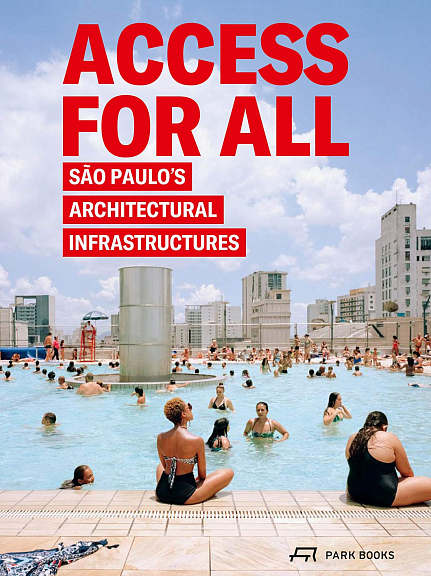-
Книги
- Нонфикшн
- Гуманитарные науки
- Деловая литература
- Естественные / Точные науки
- Книгоиздание
- Лайфстайл
- Словари / Энциклопедии
- Художественная литература
- Детектив
- Драматургия
- Классическая проза
- Мифология. Эпос
- Поэзия
- Собрания сочинений
- Современная художественная проза
- Фантастика. Фэнтези
- Биографии / Мемуары
- Графические романы / Комиксы
- Детские книги
- Воспитание. Педагогика
- Детский досуг
- О детских книгах
- Познавательная литература
- Художественная литература для детей
- Журналы / Зины
- Архитектурные
- Гуманитарные
- Журналы о моде
- Зарубежная периодика
- Искусство / Фотография
- Кино / Театр
- Лайфстайл
- Книги «Подписных изданий»
- Книги на иностранных языках
- Английский язык
- Испанский язык
- Итальянский язык
- Книги на иностранных языках для детей
- Немецкий язык
- Финский язык
- Французский язык
- Шведский язык
- Книги о кино
- Книги о музыке
- Книги о средневековье
- Книги о театре
- Книги о фотографии
- Книги об искусстве / Книги об архитектуре
- Альбомы по искусству
- Архитектура
- Декоративно-прикладное искусство
- Живопись
- Искусствоведение
- Орнаменты
- Прочее
- Танец
- Татуировка
- Творческое развитие
- Книги по философии
- Кулинарные книги
- Николай Солодников рекомендует
- Предзаказ
- Про дизайн / Про моду
- Путеводители / Книги о путешествиях
- Канцелярские товары
-
Подарки
- Брошки и значки
- Гирлянды
- Закладки
- Игры
- Календари
- Наклейки
- Наши сувениры
- Открытки
- Всякие-разные
- Наборы открыток
- Поздравления
- Про любовь и другие хорошие чувства
- С писателями и поэтами
- С цветами, овощами и фруктами
- С цитатами и другими фразами
- Подарочные сертификаты
- Постеры
- Прочее
- Сумки и шоперы
- Упаковка
- Подарочные сертификаты
Адрес магазина: Санкт-Петербург, Литейный пр., 57
Access for All: Sao Paulo's Architectural Infrastructures
| Издательство | Park Book |
|---|---|
| Год издания | 2019 |
| Переплет | Твёрдый |
| Страниц | 224 |
| Формат | 210x280 мм |
| Язык | Английский |
| ISBN | 978-3-03860163-0 |
| Артикул | 1157311 |
Like all mega-cities around the globe, Sгo Paulo faces huge challenges. Yet despite these manifold and daunting tasks, the Brazilian metropolis has since the 1960s maintained a prudent policy of investing in communal infrastructure, thus providing inclusive places and spaces for all of its 20m-population. While many cities aim for a 'Bilbao-effect' by funding iconic, tourist-orientated projects such as museums or theatres, Sгo Paulo persistently supports programs and usages that serve its permanent residents.
This book, published in conjunction with an exhibition at A.M. Architekturmuseum der TU Mьnchen, features a selection of these buildings and programs from five decades. Ranging from a simple canopy over a public park to vast multifunctional buildings, they provide spaces for sports and culture, education, healthcare, or gastronomy. Rather than merely serving a specific purpose, their key role is to be places for people spending time together.
With contributions by Renato Anelli, Josй Tavares Correia de Lira, Fraya Frehse, Vanessa Grossman, Andres Lepik, Ana Luiza Nobre, Daniel Talesnik, and Guilherme Wisnik; and a conversation with Paulo Mendes da Rocha and Marta Moreira by Enrique Walker. Photographs by Ciro Miguel.
Подписка на рассылку
Мы будем присылать вам обзоры книг, промокоды и всякие-разные новости


